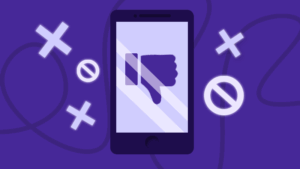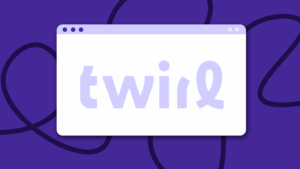Instagram vs. TikTok For Businesses [Leveraging UGC for Maximum Engagement]
With over 7 years of e-commerce experience, Agne has mastered the balance of creativity and performance. From guiding social media strategies to crafting high-converting ads, she’s all about results.
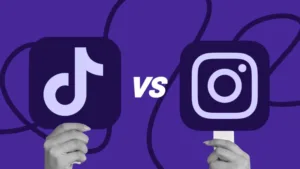
Numerous social media platforms and channels exist. However, Instagram and TikTok dominate user-generated content (UGC).
Commentators propose several reasons for this, such as diversity and cost-effectiveness. But the primary factor is the short-form video skits and accompanying tools these apps promote. It only takes users seconds to make compelling videos and publish them, widening participation.
Even so, Instagram and TikTok are not identical for UGC marketers. This guide teases apart their differences, exploring their audiences and the content formulas most suited to them. Finally, we ask which you should focus your brand’s efforts on.
Instagram vs TikTok: Which Platform Excels For UGC?
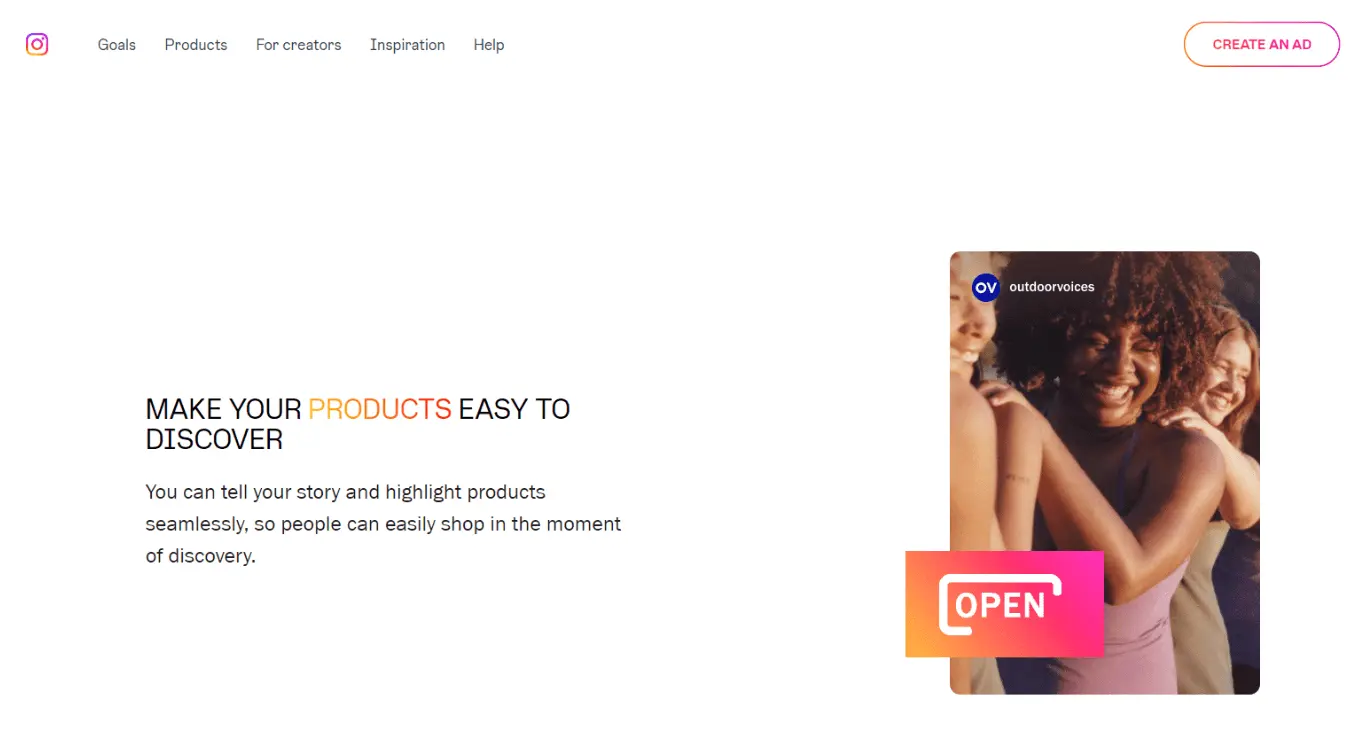
Instagram and TikTok both excel at UGC. However, there are differences between them (as you will discover if you use them long enough!)
TikTok focuses mostly on short-form, funny, virality-driven videos that appeal to younger demographics. It’s fast-paced, action-packed, and meme-dominated (meaning you will find countless videos in the same style).
Instagram is like an older, wiser sister. It focuses more on storytelling and authenticity, providing more in-depth and thoughtful content than its Chinese rival. It’s also been around longer, so it has a culture that emanates more from 2010 than 2020.
| TikTok | ||
|---|---|---|
| Audience age | Mostly Gen Z and young Millennials; the primary demographic under 25 | Broad demographic with a younger skew; primarily Gen Z and Millennials |
| Ease of UGC creation | Extremely low. Uneducated children can create content in seconds | Creating engaging content is challenging. Requires editing and polish |
| Ad formats | Multiple formats, including branded hashtags, challenges, and top-view ads | Format choices, including carousel ads, in-feed posts, Stories ads, etc. |
| Content lifetime | Short-lived content that fades in a few days, if not hours | Long-lasting content brands can be repurposed for numerous campaigns |
| Branding priorities | Suitable for companies wanting to engage with trends | Suitable for brands interested in aesthetics and establishing a community |
| Reach | Global reach, but particularly in Asia, Europe, and North America | Global reach with Explorer page to find additional content |
| Brand tools | Numerous features, including influencer collaborations, sponsored challenges, etc. | Opportunities to find brand ambassadors. Sponsored posts and Story ads |
| UGC potential | Easy-to-generate viral videos with instant access to a gigantic audience | Focused on more polished brand experiences and visual aesthetics |
| Ease of UGC discovery | Algorithmic discovery via the “For You” process | Hashtag, Explore page, and follower network discovery options |
| Content format | Primarily short video form from 15 to 60 seconds | Multiple content formats, including images, reels, carousels, videos, etc. |
Audience Breakdown: Who’s On Instagram and TikTok?
Research shows that Instagram and TikTok’s audiences are distinct but similar. As such, marketing campaigns you launch on one are often effective on the other.
Instagram has over two billion active users globally – approximately 25% of people alive today. Most are people under 45, highlighting the platform’s popularity among young people.
Figures show that 16.5% of Instagram users are men aged 18 to 24, followed by 15.2% of women in the same age group. A further 16.4% of the user base is men aged 25-34, followed by 14.2% of women, comprising 62.3% of all users. Older Millennials account for around 16% of the remainder, with those aged 45 and over comprising a final 16.2%.
U.S. figures on usage look similar to those seen globally. Data shows 26.5% of Instagram users are aged 18 to 24, 28.3% are 25 to 24, and 19.4% fit into the 35 to 44 category. Only a small minority are 65+ (5.8%).
Instagram’s largest market is India, where over 362 million people use the platform. However, its penetration is higher in the U.S. because the 169.95 million individuals who use the service comprise a larger percentage of the population.
The story with TikTok is similar but with some key differences. Figures suggest that 25% of the platform’s users are under 20 years old and it has more Gen Z users than Instagram. Most creators slot into the 18 to 24 age bracket but the top earners tend to be older (due to experience).
The proportion of U.S. TikTokers between 20 and 29 is 22.4% while those aged 30 to 39 make up 21.7% of the platform. The age group 40 to 49 is quite large in the U.S., at 20.3%, while those over 50 only make up 11% of the user base.
The gender balance is also different. Instagram has more male users, whereas TikTok’s demographics skew in the other direction: only 46.6% of its 1.58 billion users are men. The single largest group split by age and gender on the platform is women aged 18 to 24 at 23.8% of the user base.
TikTok is most popular in the UK where the average person spends nearly 50 hours per month on the platform. This is followed by the U.S. and Mexico, where users spend around 45 hours using it. The global average is 33 hours.
Unlike Instagram, only a few TikTok creators have over 100 million followers. Examples include Khabane Lame, and Charli D’Amelio, both of whom have garnered billions of likes during their time on the platform. Influencers and global megastars on Instagram, like Cristiano Ronaldo and Kylie Jenner, have more followers, with some in the hundreds of millions.
Engagement and Reach: How Do Instagram and TikTok Compare?
TikTok and Instagram are reasonable for engagement and reach, but they aren’t the same. Therefore, brands should always research the differences between them before committing to either platform. Fortunately, that’s what we cover in this section.
Engagement
TikTok’s sky-high engagement levels arise from its content’s viral potential. The brand’s “For You” page uses a special algorithm that shows users content based on their behavior, making it possible to find lesser-known creators and brands.
Because of this, TikTok’s approach is similar to YouTube’s algorithm post-2024. It looks for content it believes is relevant instead of pushing the largest accounts with the best SEO.
TikTok also provides a high level of interactivity. Users can participate in various challenges and remixable content, improving engagement rates. Duets and stitches are common formats that encourage people to participate with their favorite creators (including brands) and get more involved.
Instagram’s engagement works differently. It concentrates more on curated engagement, focusing on likes, comments, and shares within brands’ follower bases. The platform is trying to go more viral, but it doesn’t have the same oomph as TikTok (if it did, it wouldn’t be the same!)
Reels are an example of this phenomenon in action. These introduce some TikTok-like viral posting mechanics to Instagram, but not to the same extent. UGC can break out into established networks instead but rarely across countries and demographics, as happens on the Chinese social network.
Instagram’s superpower for brands is Stories. These interactive elements offer polls, questions, and direct messages that help brands build niche, tight-knit followings. While most TikTok users want entertainment, those on Instagram often want to go in-depth and learn something, opening up new branding opportunities.
Instagram also offers Shopping, a tool that helps brands connect users to products natively on the platform. UGC creators can include shoppable links in their content, allowing brands to take advantage of impulse buying.
Reach
Reach is another flashpoint where TikTok and Instagram differ.
TikTok’s reach is primarily algorithmic – whatever the computer says goes. This feature means brands and UGC creators can access enormous audiences rapidly, seeking unique plays.
TikTok also has a global audience, making it suitable for brands who want to break out of their home region and into new ones. The global algorithm means that company-related UGC can generate a massive impact beyond local markets in short order, reducing outreach costs.
By contrast, Instagram’s reach depends on followers. As such, brands with higher user bases and more engagement are more likely to benefit from its setup. Some creators and companies leverage The Explore page, but it doesn’t have the same power to push content to new people as TikTok’s algorithm.
Hashtags are another of Instagram’s reach mechanics. Brands often use these as part of broader campaigns to attract more views. However, this method still can’t bypass the brakes applied by small followings.
Content Formulas That Thrive: Which Works Best On Each Platform?
The methods brands use to make UGC go viral on Instagram and TikTok vary. As such, learning them both and testing them to see if they work for your brand is useful.
Instagram’s content focuses on quality. It believes in being aesthetic and storytelling.
Some commentators suggest using specific content rules on Instagram. However, these are less relevant for UGC. While hooking, drawing, and pitching can work for overtly sales-oriented posts, they aren’t usually suitable for user-generated content designed for authenticity.
Here’s what to focus on with Instagram:
- Carousel posts: Suitable for when you want to tell deeper stories. Use them for how-tos, product launches, and in-depth guides.
- IGTV: Suitable for long-form content, webinars, interviews, and Q&A sessions. Content is live so can deliver a closer connection with your audience.
- Instagram Reels: Suitable for entertaining music, dancing, or trending videos. Ideal for UGC that targets the awareness stage of the sales funnel
- Image posts: Suitable for showcasing products and services. Introduces your audience to certain atmospheres associated with your brand.
TikTok’s content formulas are quite different from Instagram’s and align with the platform’s fun-first ethic. UGC creators’ videos should be short, fast-paced, and less polished.
Here are some content formulas to focus on for TikTok:
- Behind-the-scenes action: Short videos showing how your brand operates (or elements to do with their lives)
- How-to videos: Tutorials explaining how to overcome some of life’s challenges (preferably with help from your products), using skillful and enticing editing
- Trending content: UGC based on what’s popular now and how it relates to your brand.
- Short entertaining videos: Builds awareness of what you offer, usually informal
Finding creators who understand TikTok’s and Instagram’s various content formats is sometimes challenging. Fortunately, Billo’s UGC management platform makes it simple. Influencers are searchable, scalable, and deliver tremendous creativity, depending on your brief.
Where Should You Focus Your Brand’s UGC Efforts?
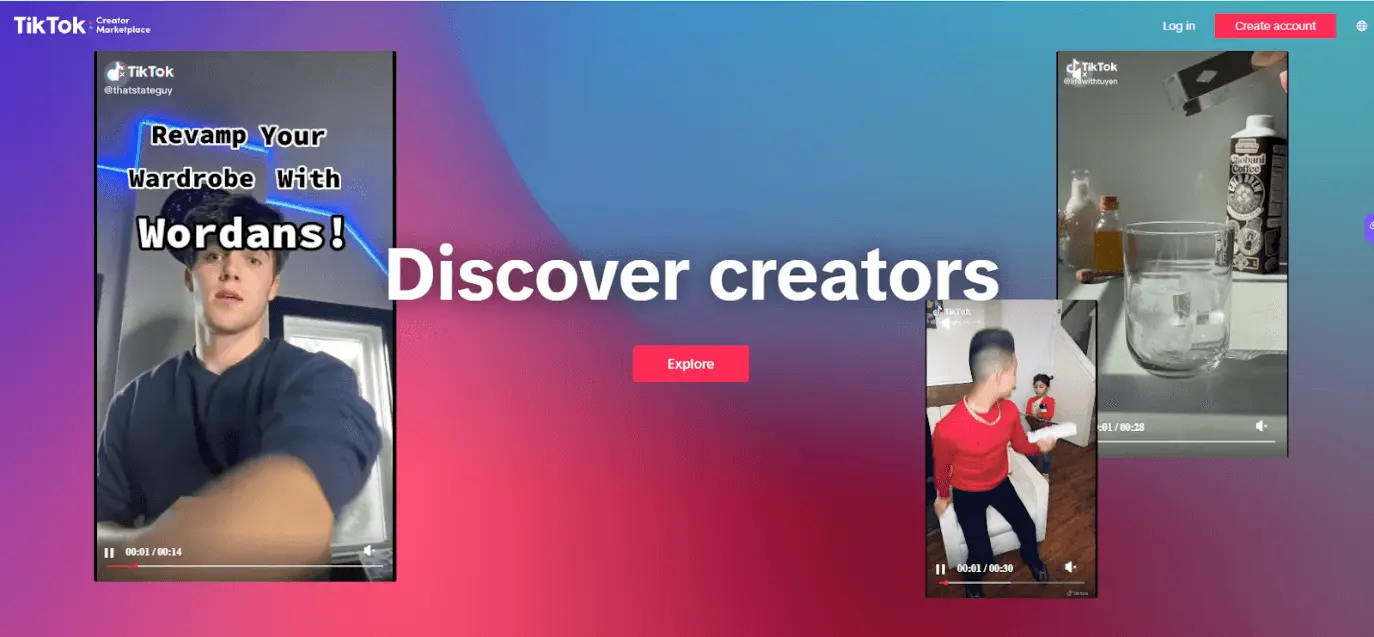
Now for the million-dollar question: which platform should your brand use to promote its UGC efforts? Ultimately, that depends on what you want to achieve.
Instagram’s ability to present high-quality images to users makes it an obvious choice for fashion, beauty, travel, and lifestyle companies. Thousands of well-known influencers populate the platform in these niches, showing its value for brand photoshoots, UGC collaborations, and curated flat lays for companies selling accessories.
Instagram Stories are better for time-sensitive posts and announcements. Brands often use these for real-time updates and interactive elements, like flash sales. This format works for “Ask Me Anything” sections (usually 30 to 90 minutes long) suitable for companies with excited audiences.
Finally, you can use Instagram reels for makeup tutorials and behind-the-scenes action. This format is helpful when introducing audiences to a new format or concept they haven’t seen before.
TikTok
As a platform, TikTok offers different opportunities.
Trendy challenges are best for branded campaigns you want to go viral quickly. Promotions that involve dancing, lip-sync and funny skits are more likely to see a positive return on investment (ROI) on small accounts.
Short, entertaining videos are another option. These are popular among younger audiences who want entertaining UGC that makes them laugh or creates some sort of intrigue. Your brand can tap into this opportunity by creating funny sketches or intriguing product demos. Don’t underestimate the size of the ASMR community – people looking for relaxing, satisfying content.
Behind-the-scenes content works best for brands wanting to develop transparency and storytelling. These UGC clips introduce audiences to what you do more intimately, helping them feel closer to your brand. Examples include employee spotlights, office tours, and rare footage of machinery at work.
Billo creators can help you generate UGC content suitable for specific marketing campaigns and audiences. Simply provide them with a brief and let them get on with it, whether you want videos for Instagram, TikTok, or any other platform.
Creative Manager
With over 7 years of e-commerce experience, Agne has mastered the balance of creativity and performance. From guiding social media strategies to crafting high-converting ads, she’s all about results.
![Instagram vs. TikTok For Businesses [Leveraging UGC for Maximum Engagement]](https://billo.app/wp-content/uploads/2025/05/blog-banner-img-2-.webp)
Authentic creator videos, powered by real performance data
22,000+ brands use Billo to turn UGC into high-ROAS video ads.
The Power of Content Seeding: How to Plant Your ...
Content distribution has shifted — dramatically. Today, 70% of B2B [...]...
Read full article10 Common Digital Marketing Mistakes to Avoid in...
Digital marketing is fast, and what worked years ago might [...]...
Read full articleBest Twirl Alternatives: Which to Choose for You...
Twirl is one of many platforms helping brands connect with [...]...
Read full article![Instagram vs. TikTok For Businesses [Leveraging UGC for Maximum Engagement]](https://billo.app/wp-content/uploads/2025/05/banner-img.webp)
![Instagram vs. TikTok For Businesses [Leveraging UGC for Maximum Engagement]](https://billo.app/wp-content/uploads/2025/05/banner-mobile-img.webp)

